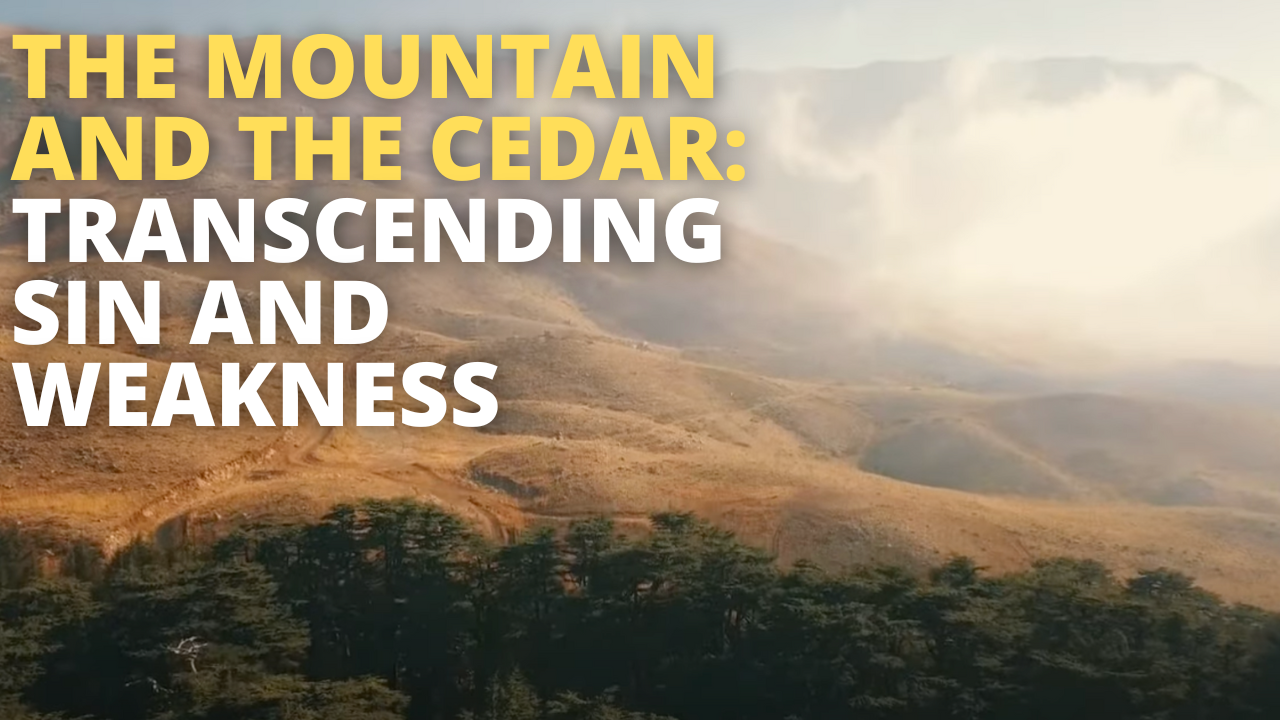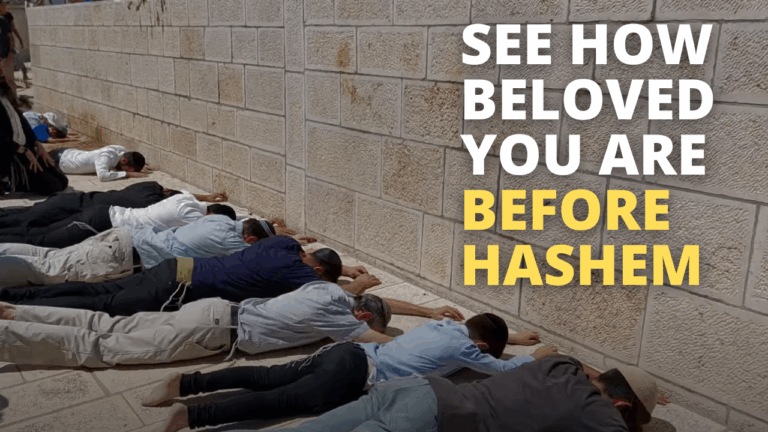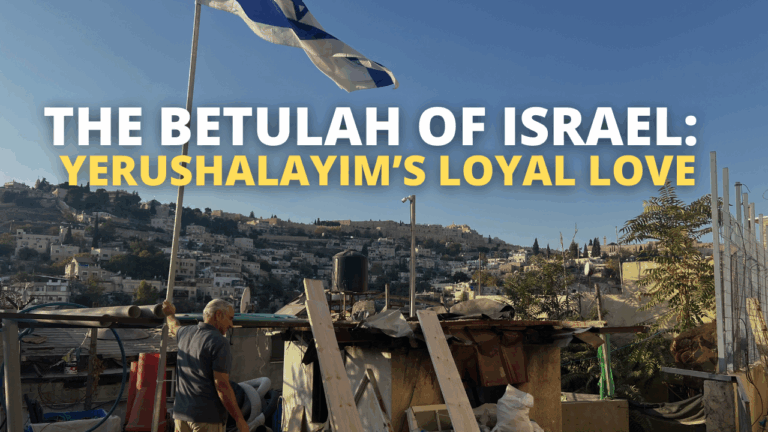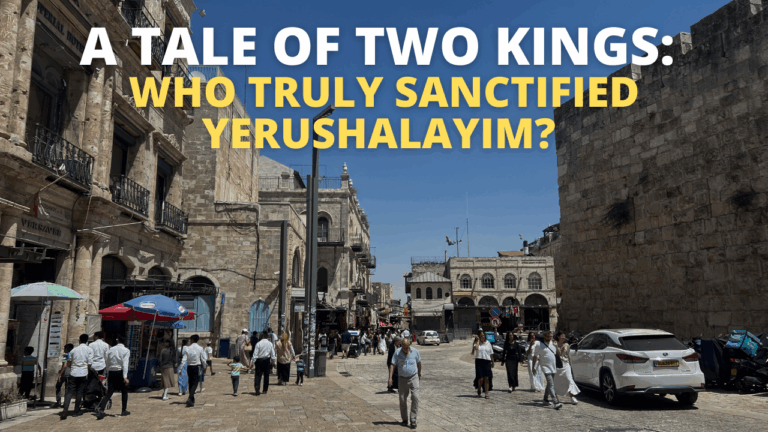The Mountain and the Cedar: Transcending Sin and Weakness
In Moshe’s famous final prayer, his last-ditch effort to gain entry to Eretz Yisrael, he begs the Ribbono Shel Olam to let him cross over the Yarden. However, the formulation of his request seems quite cryptic: “Please let me cross over and see the good land that is on the other side of the Yarden, this good mountain and the Levanon. (Devarim 3:25)” The vague reference to a “good mountain” is shrouded in mystery. Which mountain does Moshe mean? And while all of Eretz Yisrael is beautiful, what draws Moshe specifically to the Levanon?
Chazal reveal that Moshe is really referring to a particularly special mountain: Jerusalem. And “the Levanon” references the holy temple that was destined to beplanted in the center of the holy city, the Beit HaMikdash. Moshe’s request was ascending in order of sanctity. First, he longs to cross into the holy land. Then, to ascend to Jerusalem. And finally, to behold the Beit HaMikdash, the pinnacle of his life’s mission.
Why is the Mikdash referred to as Levanon? On a simple level, the future sanctuary to be erected by Shlomo HaMelech was constructed from the cedars of Lebanon (Chizkuni ibid). In the ancient world, these tall and sturdy trees were renowned as the best of construction materials. Many ancient monarchs deliberately sought out these trees for the construction of their palaces. (In fact, the royal palace in Shushan, of Purim-fame, was constructed from Lebanon cedars.) If mortal kings were utilizing this special wood to project their own ephemeral honor, Shlomo intuitively understood that Hashem’s own house of glory must best them.
But the Gemara Yoma (39b) provides a different explanation behind this cryptic reference. The word לבנון refers to the Beit HaMikdash’s capacity to whiten the sins of Klal Yisrael – שהוא מלבין עונותיהן של ישראל.
The Maharal (Gur Aryeh ibid) sees a unifying theme behind Chazal’s two explanations for the title of Levanon. Heexplains that both mountains and cedars rise above their surroundings. In a similar sense, Jerusalem and the Beit HaMikdash are spiritually separated and distinct from this world. The holy land is already the “highest of all lands”, spiritually elevated beyond all of Chutz La’aretz. But the move to Jerusalem represents another qualitative jump in sanctity that is akin to climbing a spiritual mountain. In the rarefied air of Yerushalayim, a Jew lives an elevated life that hovers above mundane reality.
Planted at the top of this “mountain” is the towering cedar, the Beit HaMikdash. Ascension to Har HaBayit reflects an additional level of spiritual aliyah, another qualitative jump into a different realm of kedushah. When a Jew “climbs” into this realm that is so elevated beyond vulgar physicality, he is capable of cutting away the petty mistakes he made in the confusion below. The two explanations are truly one: the towering cedar facilitates a spiritual ascension that enables us to transcend our mishaps.
And this is exactly what we so desperately year for. Without the Mikdash, we lost a most sacred ability: to transcend our petty human foibles and mistakes, achieving a rarefied view of this world, our purpose, and
our destiny. Without the towering cedar of Jerusalem, we lose perspective. What should be trivial distinctions between Jews become gaping chasms.
Moshe’s tefillah was tragically not accepted. But his unfulfilled dream became our eternal mission. We still yearn desperately for the Nechama that the rebuilding of Jerusalem promises: the restoration of clarity, unity, and peace. May we speedily witness the rebuilding of the city on the mountain, crowned once more by the towering cedar above.



